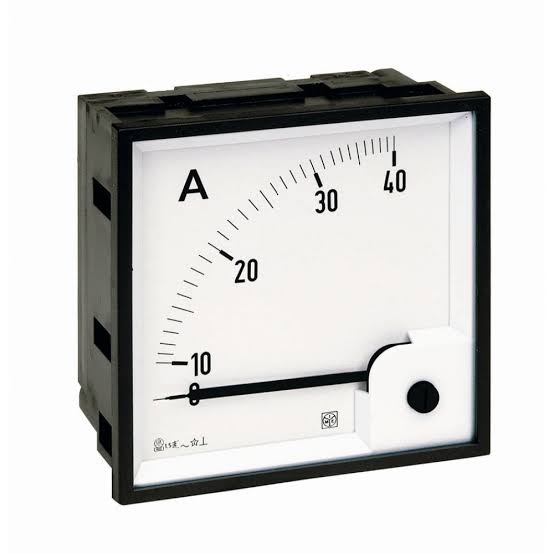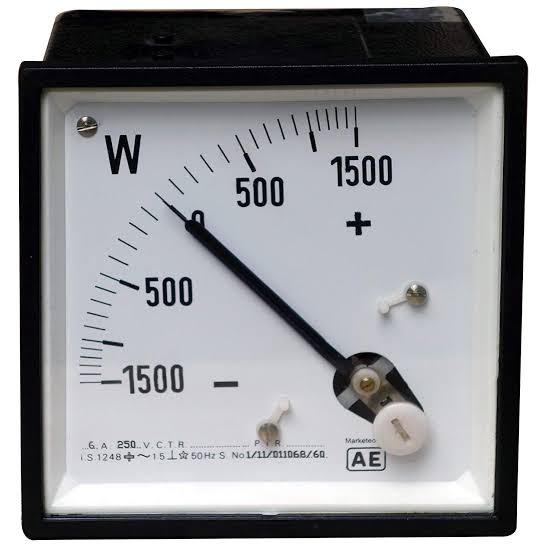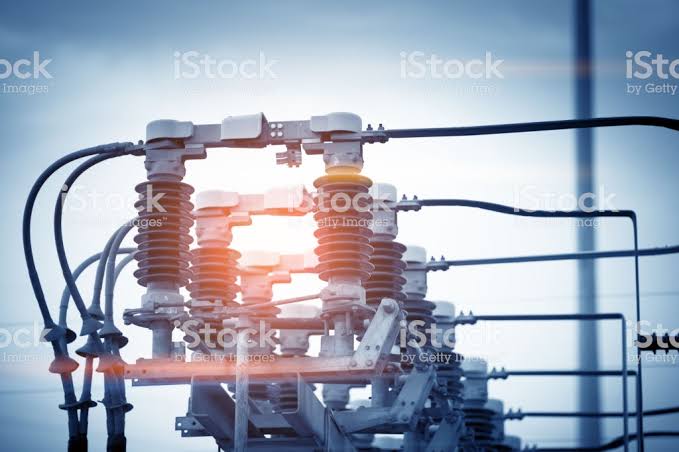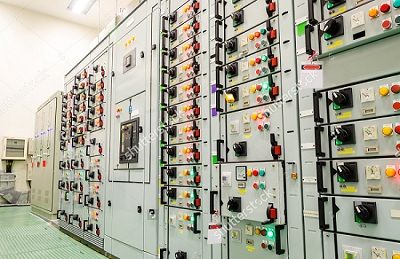Power Factor improvement
Power Factor
The cosine of angle between voltage and curr
ent in an a.c. circuit is known as power factor.
In an a.c. circuit, there is generally a phase difference φ between voltage and current. The term cos φ is called the power factor of the circuit. If the circuit is inductive, the current lags behind the voltage and the power factor is referred to as lagging. However, in a capacitive circuit, current leads the voltage and power factor is said to be leading.
Causes of Low Power Factor
Low power factor is undesirable from economic point of view. Normally, the power factor of the whole load on the supply system in lower than 0·8. The following are the causes of low power factor:
(i) Most of the a.c. motors are of induction type (1φ and 3φ induction motors) which have low
lagging power factor. These motors work at a power factor which is extremely small on light load (0·2 to 0·3) and rises to 0·8 or 0·9 at full load.
(ii) Arc lamps, electric discharge lamps and industrial heating furnaces operate at low lagging
power factor.
(iii) The load on the power system is varying ; being high during morning and evening and low at
other times. During low load period, supply voltage is increased which increases the magnetisation current. This results in the decreased power factor.
Power Factor improvement
The low power factor is mainly due to the fact that most of the power loads are inductive and, there-
fore, take lagging currents. In order to improve the power factor, some device taking leading power should be connected in parallel with the load. One of such devices can be a capacitor. The capacitor draws a leading current and partly or completely neutralises the lagging reactive component of load
current. This raises the power factor of the load.
Power Factor Improvement Equipment
Normally, the power factor of the whole load on a large generating station is in the region of 0·8 to
0·9. However, sometimes it is lower and in such cases it is generally desirable to take special steps to improve the power factor. This can be achieved by the following equipment :
1. Static capacitors.
2. Synchronous condenser.
3. Phase advancers.
1. Static capacitors
The power factor can be improved by connecting capacitors in parallel
with the equipment operating at lagging power factor. The capacitor (generally known as static capacitor) draws a leading current and partly or completely neutralises the lagging reactive component of load current. This raises the power factor of the load. For three-phase loads, the capacitors can be connected in delta or star as shown in Fig. 6.4. Static capacitors are invariably used for power factor improvement in factories.
Advantages
(i) They have low losses.
(ii) They require little maintenance as there are no rotating parts.
(iii) They can be easily installed as they are light and require no foundation.
(iv) They can work under ordinary atmospheric conditions.
Disadvantages
(i) They have short service life ranging from 8 to 10 years.
(ii) They are easily damaged if the voltage exceeds the rated value.
(iii) Once the capacitors are damaged, their repair is uneconomical.
2. Synchronous condenser.
A synchronous motor takes a leading current when over-excited
and, therefore, behaves as a capacitor. An over-excited synchronous motor running on no load is known as synchronous condenser. When such a machine is connected in parallel with the supply, it takes a leading current which partly neutralises the lagging reactive component of the load. Thus the
power factor is improved.
Advantages
(i) By varying the field excitation, the magnitude of current drawn by the motor can be changed by any amount. This helps in achieving stepless † control of power factor.
(ii) The motor windings have high thermal stability to short circuit currents.
(iii) The faults can be removed easily.
Disadvantages
(i) There are considerable losses in the motor.
(ii) The maintenance cost is high.
(iii) It produces noise.
(iv) Except in sizes above 500 kVA, the cost is greater than that of static
capacitors of the same
rating.
(v) As a synchronous motor has no self-starting torque, therefore, an auxiliary equipment has to
be provided for this purpose.
Note. The reactive power taken by a synchronous motor depends upon two factors, the d.c. field excitation
and the mechanical load delivered by the motor. Maximum leading power is taken by a synchronous motor with maximum excitation and zero load.
3. Phase advancers.
Phase advancers are used to
improve the power factor of induction motors. The low
power factor of an induction motor is due to the fact that its stator winding draws exciting current which lags behind the supply voltage by 90o . If the exciting ampere turns can be provided from some other a.c. source, then
the stator winding will be relieved of exciting current and the power factor of the motor can be improved. This job is accomplished by the phase advancer which is simply an a.c. exciter. The phase advancer is mounted on the same shaft as the main motor and is connected in the rotor circuit of the motor. It provides exciting ampere turns to the rotor circuit at slip frequency. By providing more ampere turns than required, the induction motor can be made to operate on leading power factor like an over-excited synchronous motor.
Phase advancers have two principal advantages. Firstly, as the exciting ampere turns are supplied at slip frequency, therefore, lagging kVAR drawn by the motor are considerably reduced. Secondly, phase advancer can be conveniently used where the use of synchronous motors is unadmissible.
However, the major disadvantage of phase advancers is that they are not economical for motors
below 200 H.P.
















0 Comments